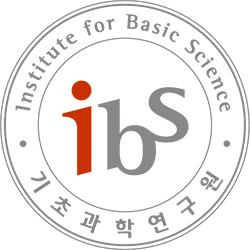Seokjoo Chae, Improving gene regulatory network inference and assessment: The importance of using network structure
B378 Seminar room, IBS 55 Expo-ro Yuseong-gu, Daejeon, Korea, Republic ofWe will discuss about “Improving gene regulatory network inference and assessment: The importance of using network structure”, Escorcia-Rodríguez, Juan M., et al., bioRxiv (2023): 2023-01. Abstract Gene regulatory networks are graph models representing cellular transcription events. Networks are far from complete due to time and resource consumption for experimental validation and curation of the interactions. Previous …




